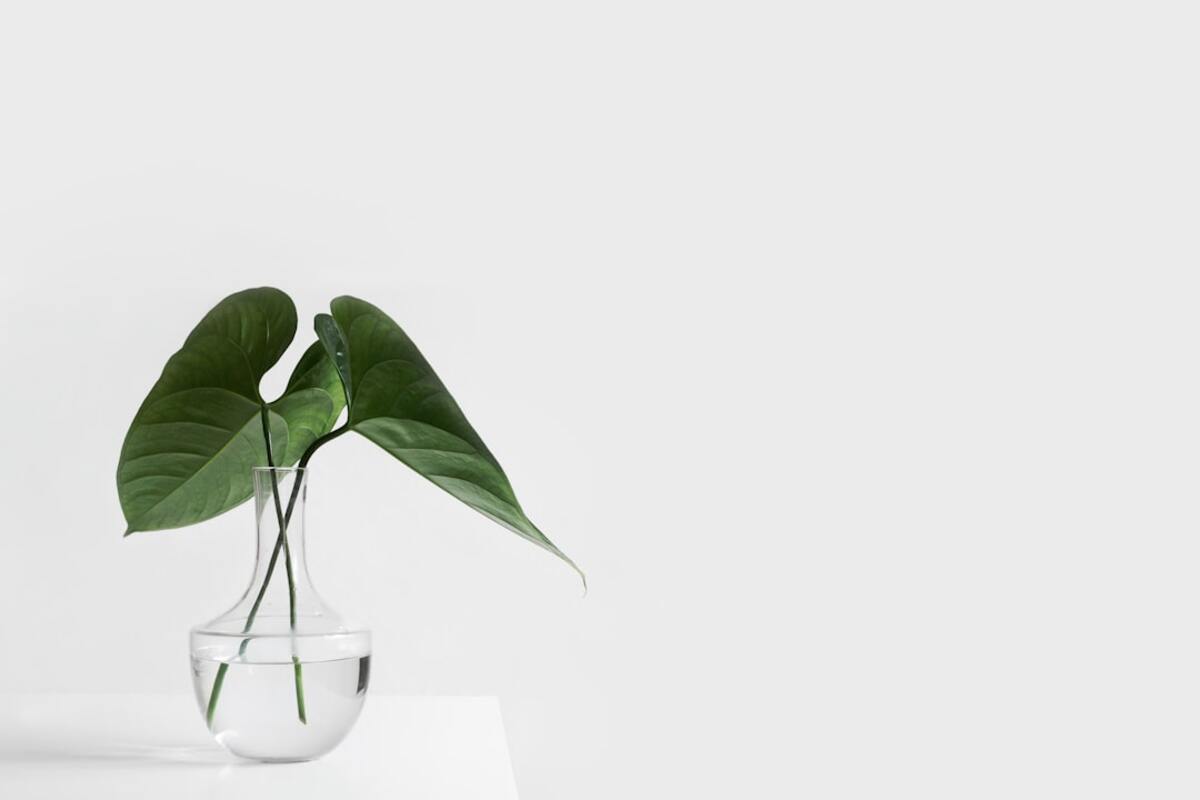The Rise of Biophilic Design: Transforming Spaces for Wellness
Explore how biophilic design is reshaping our living spaces by integrating nature, promoting wellness, and enhancing productivity.

- Biophilic design connects indoor spaces with nature, promoting well-being.
- Incorporating natural materials and elements can boost productivity and creativity.
- Biophilic design is becoming a standard in modern architecture and interior design.
Introduction to Biophilic Design
In recent years, there has been a growing movement that merges the indoor environment with natural elements, known as biophilic design. This concept is not only reshaping the aesthetics of modern architecture and interior design but also profoundly impacting our well-being and productivity. Biophilic design leverages the innate connection humans have with nature, integrating natural elements into our living and working spaces to create environments that are not only visually appealing but also nurturing to our mental and physical health.
The idea behind biophilic design is rooted in the biophilia hypothesis, which suggests that humans have an inherent tendency to seek connections with nature and other forms of life. This hypothesis has driven architects and designers to incorporate elements such as natural light, vegetation, and organic materials into their projects, leading to spaces that are more pleasant to inhabit and conducive to well-being.
Key Elements of Biophilic Design
Biophilic design is characterized by certain key elements that aim to bring the essence of the natural world into built environments. These elements can be categorized into several key areas:
- Natural Light: Maximizing natural light not only reduces energy consumption but also enhances mood and productivity. Designers often incorporate large windows and open spaces to allow sunlight to flood interiors.
- Vegetation: Indoor plants and green walls are staples of biophilic design, improving air quality and providing a calming effect.
- Natural Materials: The use of wood, stone, and other natural materials can create a sense of warmth and authenticity in a space.
- Water Features: The sound and sight of water can have a soothing effect, making water features a popular choice in biophilic spaces.
- Organic Forms and Patterns: Mimicking shapes and patterns found in nature can lead to more harmonious and visually pleasing designs.
The Benefits of Biophilic Design
Research has shown that biophilic design can have numerous benefits, both psychological and physiological. These benefits include:
- Enhanced Well-Being: Exposure to natural elements can reduce stress, increase feelings of happiness, and improve overall mental health.
- Increased Productivity: Studies suggest that environments with biophilic elements can lead to higher levels of concentration and creativity, making them ideal for workplaces.
- Improved Air Quality: Plants not only enhance aesthetics but also purify the air, removing toxins and producing oxygen.
- Reduced Energy Costs: By utilizing natural light and ventilation, biophilic design can lower energy consumption and utility bills.
As society becomes more aware of the importance of mental health and sustainability, the demand for biophilic design is expected to grow. This trend is not just about aesthetics; it represents a shift towards creating spaces that are in harmony with the natural world, ultimately leading to healthier and more productive environments.
